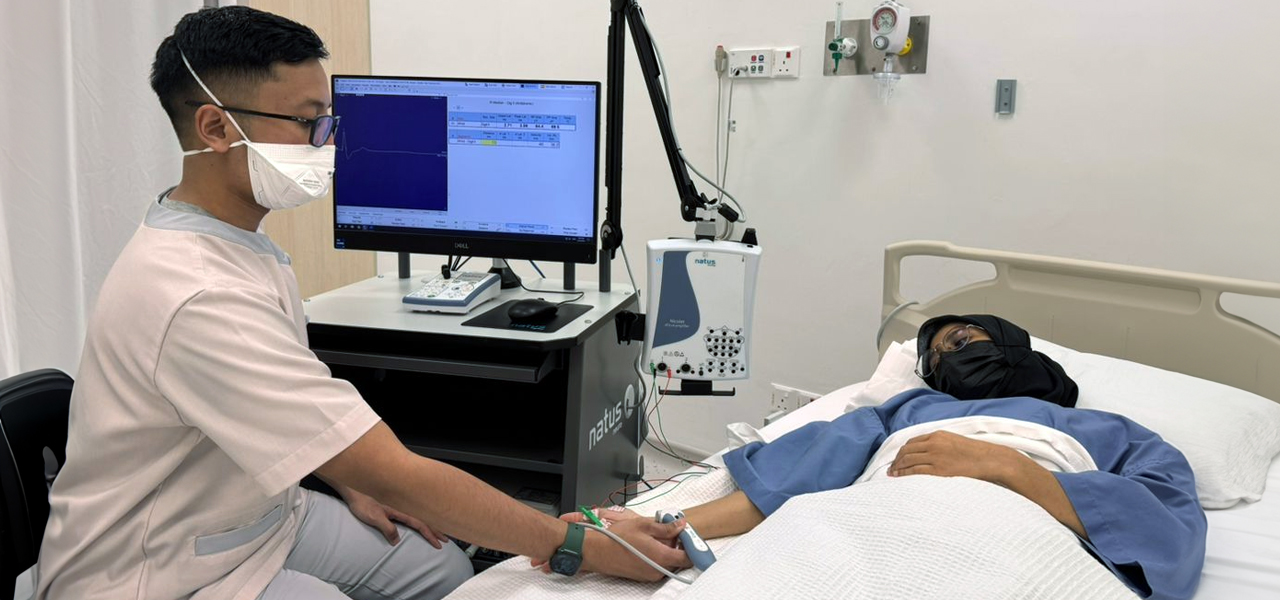
Carpal Tunnel Syndrome (CTS) occurs when a median nerve, which runs from the forearm into the hand, is pressed or squeezed at the wrist. Injury and inflammation can cause these tendons to swell and thicken, thus narrowing the tunnel. This leads to the median nerve being compressed, resulting in pain, weakness or numbness in the hand and wrist, radiating up to the arm.
People who have CTS may experience:
- Pain and tingling over the thumb, index and middle finger
- Symptoms that occur during the night or morning
- Pain that sometimes extends up into the forearm
- Difficulty in gripping, grabbing and carrying out manual tasks
- Temporary relief by shaking the hand or immersing it in hot water
- Clumsiness and tendency to drop things
- Wasting of the muscle at the base of thumb
Guilliain-Barre syndrome is an autoimmune disease that results in the damage of nerves. The syndrome usually follows minor infections, such as lung or gastrointestinal infections. The nerve damage causes:
- Tingling
- Muscle weakness
- Muscle paralysis
Symptoms of Guillain-Barre syndrome include, but are not limited to:
- Pricking sensations in the fingers, toes or both
- Weakness or tingling sensations in the legs that spread to the upper body
- Unsteadiness when walking or inability to walk
- Difficulty with eye movement, facial movement, speaking, chewing, or swallowing
- Severe pain in lower back
- Difficulty with bladder control or intestinal functions
- Rapid heart rate
- Low or high blood pressure
- Breathing difficulty
Services & Procedures Offered
A nerve conduction study (usually done in tandem with an electromyogram) is performed to find out if there is damage to the peripheral nervous system, that is, nerves that run from the brain and spinal cord to the arms and legs. This test is often done to diagnose conditions such as Lambert-Eaton syndrome, Myasthenia gravis, Carpal tunnel syndrome, Tarsal tunnel syndrome, Diabetic neuropathy, Bell palsy, Guillain-Barré syndrome, radiculopathy, and more. Check for nerve damage following an injury or as a result of conditions such as diabetes.
In this test, the nerve is electrically-stimulated by a primary electrode, while a second electrode detects the electrical impulse “down-steam” from the fist. This is usually done with surface patches that are placed on the skin, over the nerve at various places. The primary electrode sends a mild electrical impulse that is recorded by the secondary electrode. The time it takes for the impulse to travel from electrode to electrode is used to calculate the speed of impulse transmission, which is then used by the doctor to determine if there is any damage to the nerves.
The nerve conduction test may take from 15 minutes to 1 hour or more, depending on how many nerves and muscles are studied. This procedure is non-invasive and is risk-free. The voltage of the electrical pulses is very small and unlikely to cause any injury.






